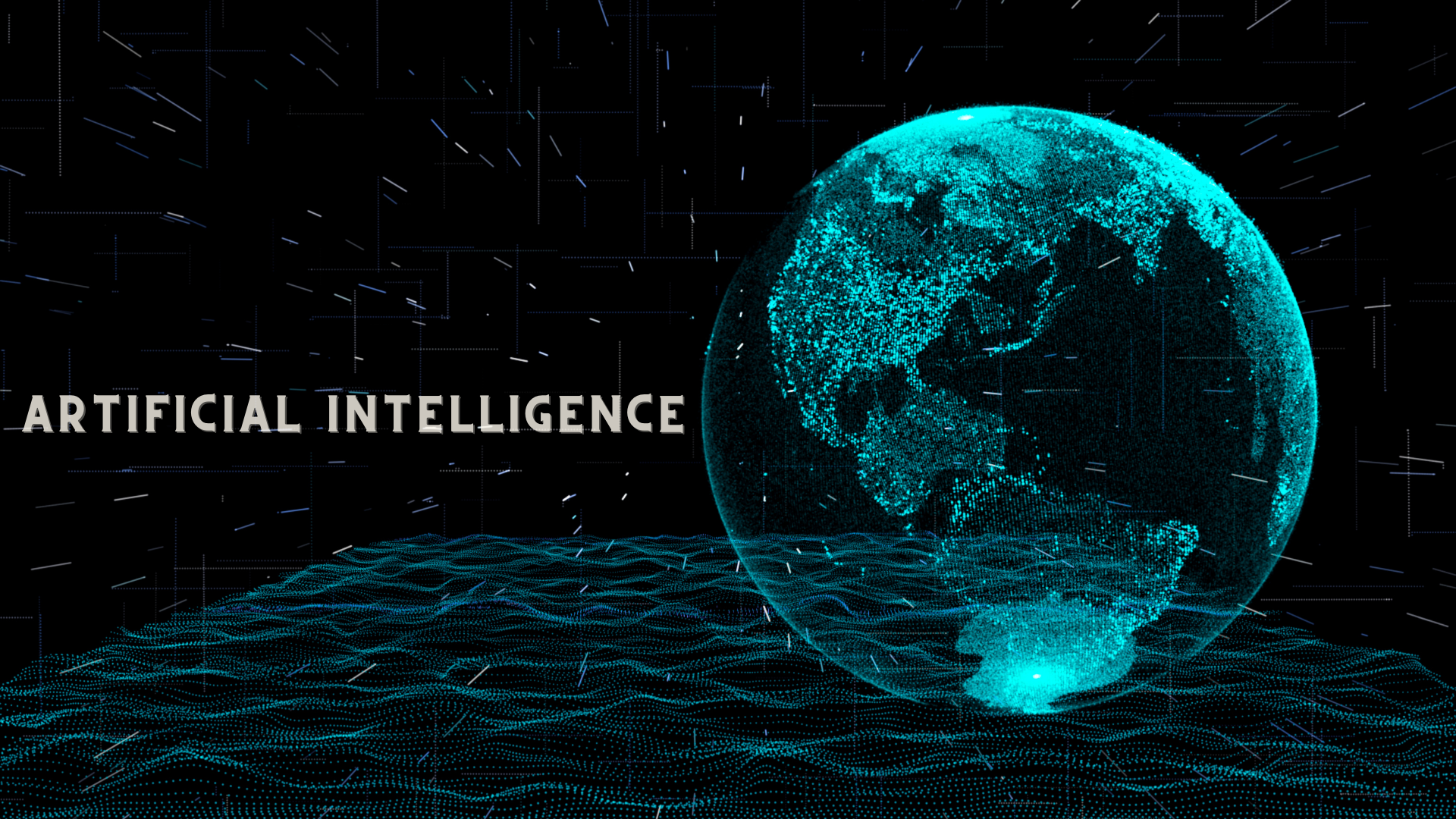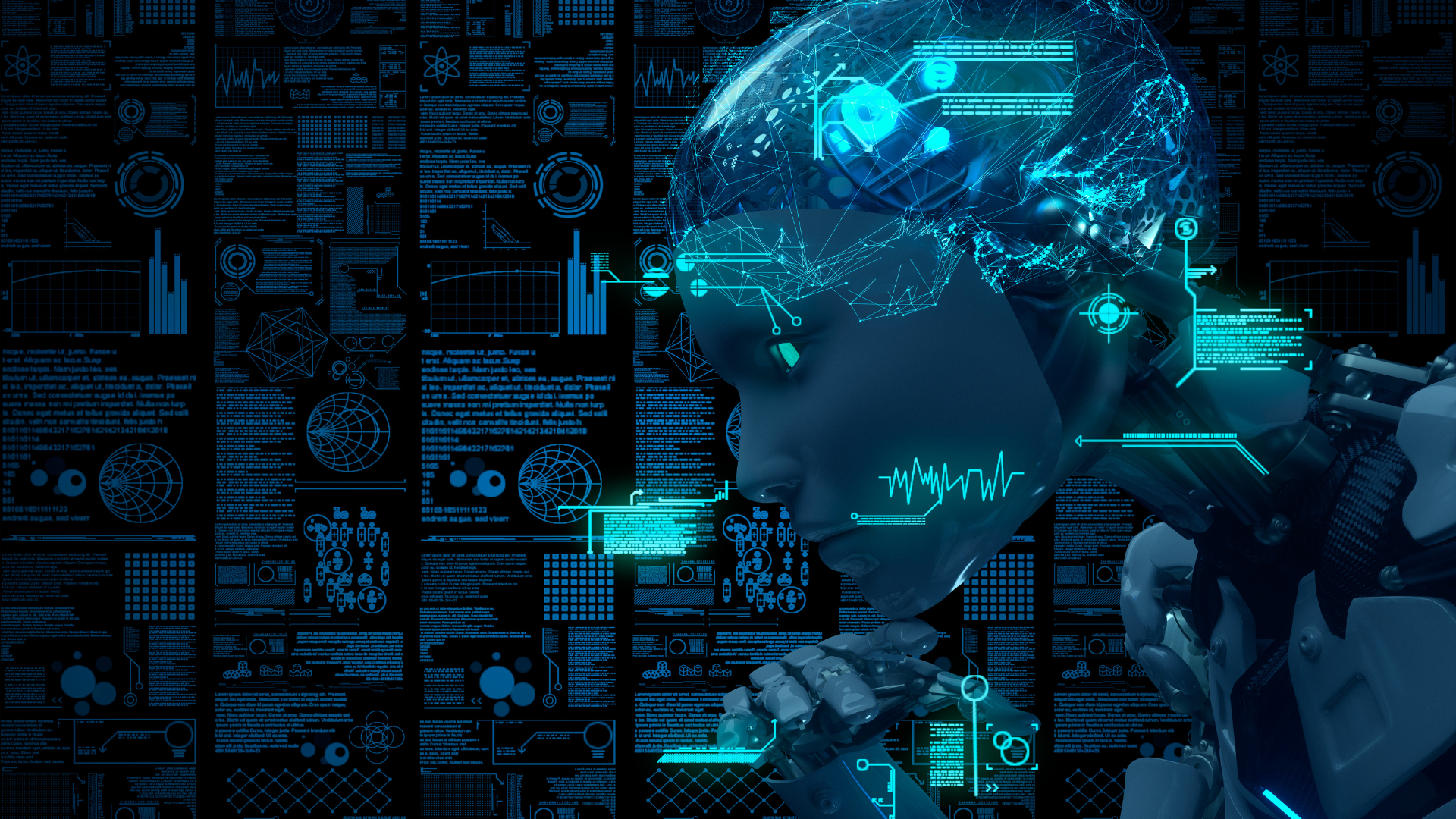Tech Lingo Made Simple: Understanding Common Technology Terms
In today’s digital age, technology has become an integral part of our lives. From smartphones to smart homes, technology surrounds us in various forms. But, navigating the world of technology can often be overwhelming. This is especially when confronted with a barrage of unfamiliar terms and jargon. To help you make sense of it all, this article aims to simplify some common technical terms. We will provide you with a clear understanding of the concepts behind them.
Software Applications
Software refers to a collection of programs, data, and instructions that enable computers and other devices to perform specific tasks. A prime example of software within the realm of logistics is 3PL freight software. This specialized software solution is tailored specifically for third-party logistics providers, aiding them in managing and optimizing the intricate processes involved in freight transportation and logistics operations. 3PL freight software typically offers a comprehensive suite of features, including order processing, shipment tracking, route optimization, inventory management, and reporting capabilities.
Anyway, using software typically involves installing it on a computer or device, launching the program, and interacting with its user interface to perform tasks. This may include typing, clicking, dragging and dropping, or selecting options from menus and toolbars. Depending on the type of software, users can accomplish various tasks such as writing documents, editing photos or videos, browsing the internet, managing finances, playing games, or programming.
Algorithm
An algorithm is a set of rules or instructions designed to solve a specific problem or perform a task. In the realm of technology, algorithms are crucial for tasks. These include data processing, machine learning, and artificial intelligence. They serve as the backbone of many applications. They also determine how computers process and analyze information.
Cloud Computing
Cloud computing refers to the delivery of computing services over the Internet. This is instead of relying on local servers or personal computers. Cloud computing allows users to access data, applications, and storage resources through the internet. It offers benefits such as scalability, flexibility, and cost-effectiveness. This is because users can pay for only the resources they need.
Encryption
Encryption is the process of converting data into a code or cipher to protect it from unauthorized access. It ensures that only authorized individuals can view and understand the information transmitted or stored. Encryption is in areas such as secure communication, online transactions, and data protection.
Virtual Reality (VR)
Virtual Reality refers to a computer-generated environment. This simulates a realistic experience for the user. It involves wearing a headset that immerses the user in a virtual world. This is often accompanied by specialized controllers or sensors. VR is commonly used in gaming, training simulations, and even therapy. It provides an immersive and interactive experience.
Internet of Things (IoT)
The Internet of Things refers to the network of physical devices, vehicles, and appliances. There are also other objects embedded with sensors, software, and connectivity to exchange data over the internet. These connected devices can communicate and interact with each other. This enables automation, remote control, and data analysis. IoT technology is increasingly integrated into various domains. These include smart homes, healthcare, and transportation.
Artificial Intelligence (AI)
AI is a field of computer science that focuses on creating intelligent machines. These are capable of performing tasks that need human intelligence. AI systems learn from and adapt to their environment. This enables them to recognize patterns, make decisions, and solve complex problems in areas such as natural language processing, computer vision, and robotics.
Augmented Reality (AR)
Augmented Reality overlays digital information or virtual objects onto the real world. This enhances the user’s perception and interaction with their environment. Unlike virtual reality, AR does not create an immersive experience. It rather supplements the real world with virtual elements. AR applications are commonly found in gaming, education, and navigation.
Big Data
Big Data refers to large volumes of structured or unstructured data. These exceed the capabilities of traditional data processing tools. It encompasses data sets that are too vast and complex to be effectively analyzed using traditional methods. Big Data analysis involves extracting valuable insights, trends, and patterns. This is from this vast amount of information. This enables businesses to make data-driven decisions.
Machine Learning
Machine Learning is a subset of AI that focuses on developing algorithms. It allows computers to learn and improve from data without being explicitly programmed. Machine learning algorithms can analyze large data sets and identify patterns. They can also make predictions or decisions based on their findings. This technology is in various applications. These include recommendation systems, fraud detection, and autonomous vehicles.
User Interface (UI) and User Experience (UX)
User Interface refers to the visual and interactive elements of a digital product or software that users interact with. It encompasses the design, layout, and aesthetics of the user’s interaction with the system. User Experience focuses on the experience and satisfaction a user derives from interacting with a product or service. Both UI and UX play a crucial role in creating intuitive and user-friendly technology.
Explore the Ever-Evolving World of Technology
By understanding these common technology terms, you can navigate the ever-evolving world of technology with more confidence. Having a grasp of these terms will empower you to engage more with the digital landscape. Remember, technology is constantly evolving. So staying curious and open to learning is key to keeping up with the pace of change in this exciting field.










